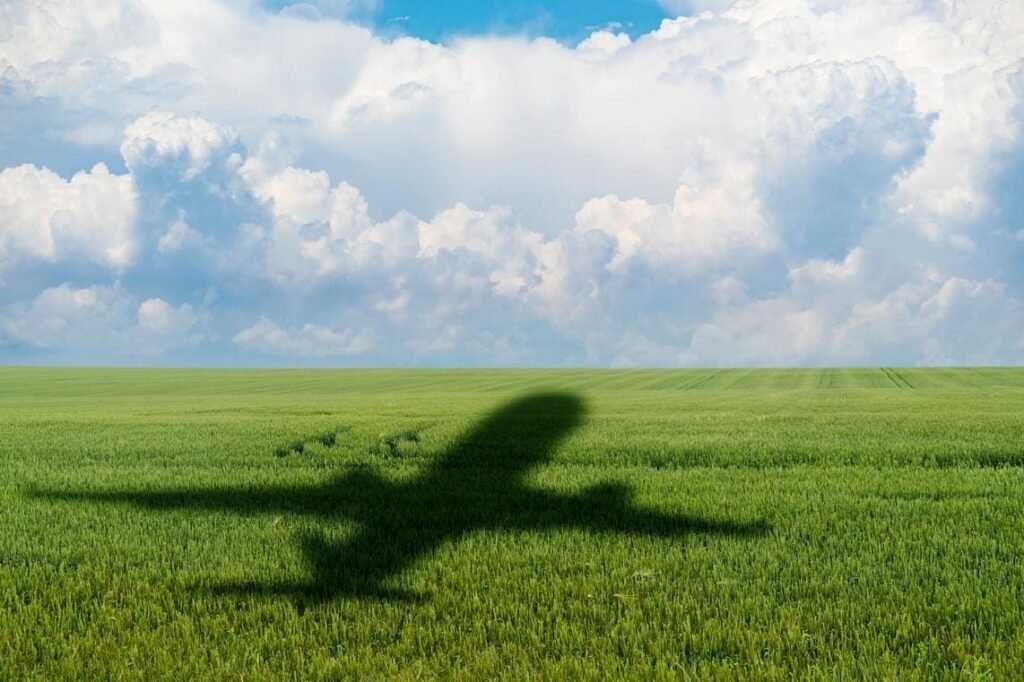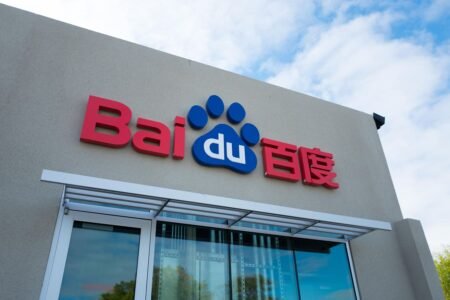European airlines have been eagerly investing in sustainable aviation fuels (SAFs) as the European Union has set ambitious targets for their usage. The EU aims to increase the quota for SAFs within the 27-member bloc to 70% by 2050, starting from 2% in 2025. Airlines have responded positively to this target, with many pledging to halve their carbon emissions by 2050 through increased use of SAFs. International Airlines Group (IAG) has been leading the charge in this area, recently signing a major partnership with carbon transformation firm Twelve to supply nearly a billion liters of synthetic aviation fuel made from CO2, water, and renewable energy.
Despite the efforts of airlines, meeting the EU’s 2050 quota target may prove to be a challenge. Stefan Schulte, the CEO of Fraport, operator of Frankfurt airport, has expressed doubts about the feasibility of the target, citing production limitations for SAFs. SAFs, which can reduce carbon emissions by up to 80% compared to traditional jet fuel, are seen as crucial for making the aviation industry more sustainable. However, production capacity may not be able to keep up with the demand to meet the set targets, leading to uncertainties about achieving them.
In addition to production constraints, the high costs of procurement are another challenge for the widespread adoption of SAFs. Currently, SAFs are priced three to five times higher than conventional aviation fuel, making them a costly investment for airlines. As a result, SAFs account for less than 0.5% of global jet fuel consumption. Manufacturers are hesitant to invest in large-scale production due to uncertainties about demand and pricing in the industry, creating a supply-demand conundrum that policymakers may need to address.
Despite the challenges, airlines in Europe continue to show interest in SAFs as a way to decarbonize the aviation sector and meet sustainability targets. Lufthansa Group, Air France–KLM, and Virgin Atlantic have also made commitments to increasing the usage of SAFs in their operations. However, with concerns about production capacity, availability, and costs, the industry may struggle to meet the ambitious targets set by the EU for 2050. Policymakers play a crucial role in bridging the gap between supply and demand for SAFs, potentially by adjusting targets to be more realistic based on current industry capabilities.












